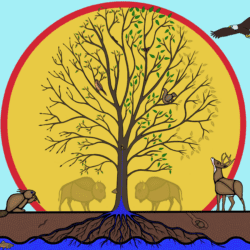Part of this tardy but meaty issue takes us back to basics, while the other part explores some of the recent developments in the ways charities try to carry out their mandates.
Maxwell Gotlieb updates us on the tax consequences of the different ways money can be transferred to charities. He also explores some of the ways to organize a donor’s affairs to maximize the benefits of such a transfer.
Program officers of the Ontario Arts Council were interested in exploring whether it was reasonable to ask artists to form themselves into corporations to promote their art, or whether a corporation was too rigid or just too different to be useful. Thoughts on this topic eventually produced a number of ideas on establishing a charity which are printed here, not necessarily for their originality, but for their availability.
A number of charitable organizations have sought to use the courts in this Charter of Rights era to promote some part of their charitable aims. The Supreme Court of Canada has set limits on their “standing to sue”, in other words, on their power to start lawsuits on questions entirely of public interest. Scott Fairley detects a new tightening of the rules in this area and sketches the reasoning of the Court as it affects potential lawsuits by charities.
Blake Bromley returns to our pages to examine the use of parallel foundations and the new creation, the Crown foundation-the invention of which was at least in part due to his creativity. His article and that of Maxwell Gotlieb were adapted from materials prepared for a private seminar in Toronto. We trust that publishing them more widely will promote the educational purposes for which they were originally delivered.
Our veteran tax writer Larry Murray is joined by his Editorial Board colleague Jim Phillips and Holly MacLachlan-Toonders in our expanded coverage of recent tax and legal developments.
Book reviews, crowded out of this number, will reappear in the next.
John D. Gregory
Editor


